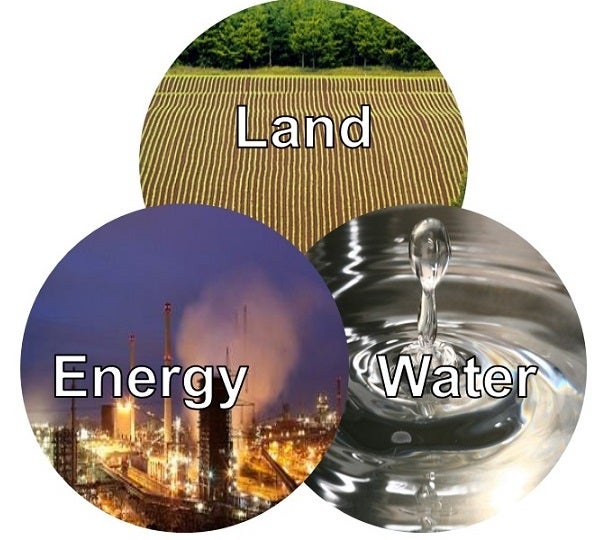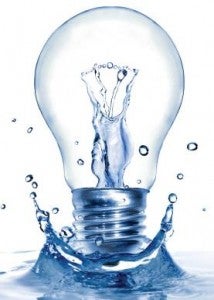This post was co-written by Catherine Ittner, Communications Intern, and Catherine Nisson, Clean Energy Research Intern.
The American Council for an Energy-Efficient Economy (ACEEE) recently released the second edition of its International Energy Efficiency Scorecard, ranking the energy efficiency efforts of the world’s 16 largest economies. The report assigns each country a score based on three primary sectors responsible for energy use: buildings, transportation, and industry. So where did the land of the free fall on the index? Disappointingly, the U.S. ranks number 13, ahead of only Russia, Brazil, and Mexico. The international champion for the second time this summer: Germany.
ACEEE concedes the demand for energy has been declining in the U.S. since 2007, and progress is most likely due to increasingly energy-efficient appliances and buildings, as well as the local and state policies that encourage their use. But, clearly, there is significant room for improvement and much of that may lie in behavioral changes and everyday tweaks people can make to conserve energy.
With recent energy efficiency initiatives going nowhere on Capitol Hill, another means of encouraging the efficient use of energy without legislation is to take the message straight to the people. Cue creative communications campaigns that can play a role in bumping the U.S. closer to the top of the International Energy Efficiency Scorecard. Read More





